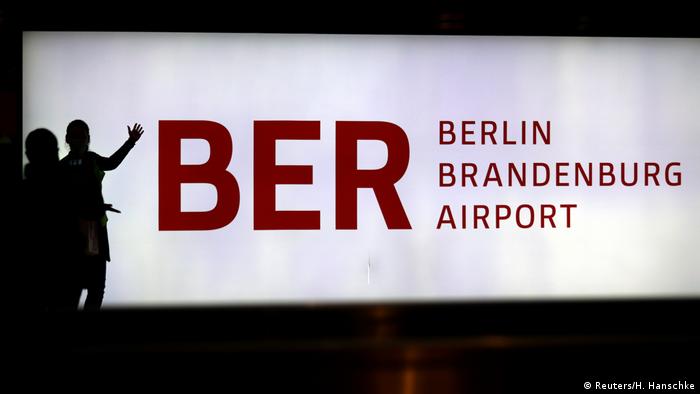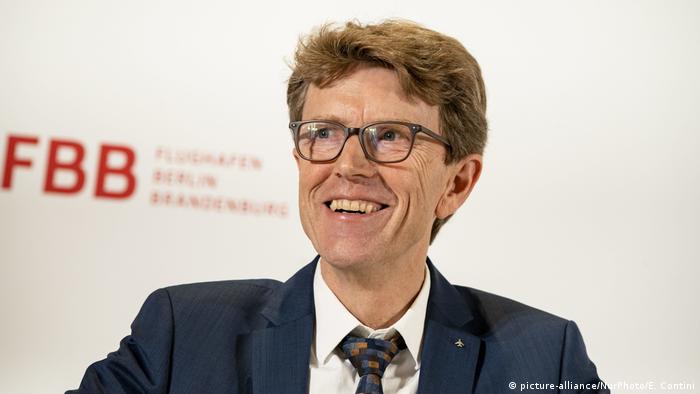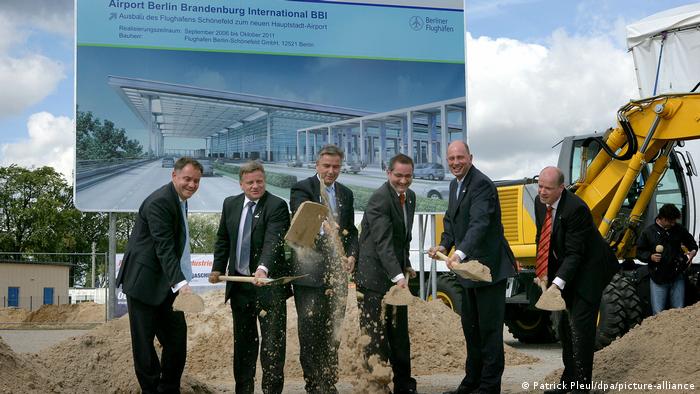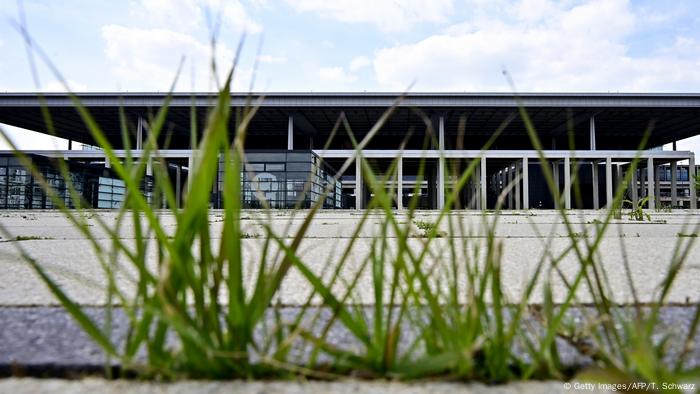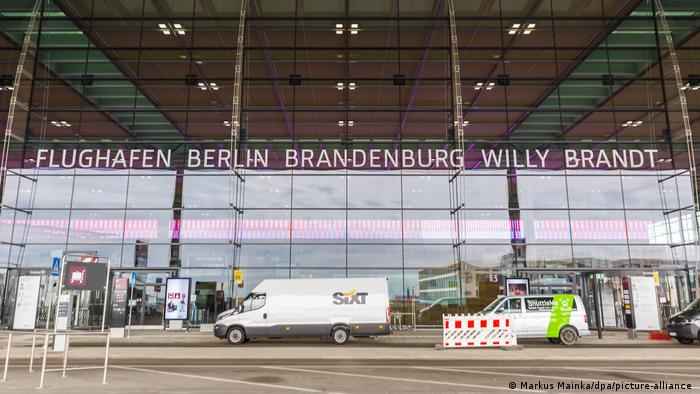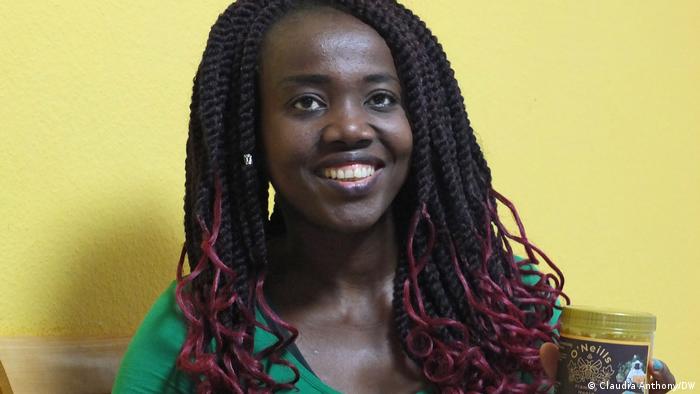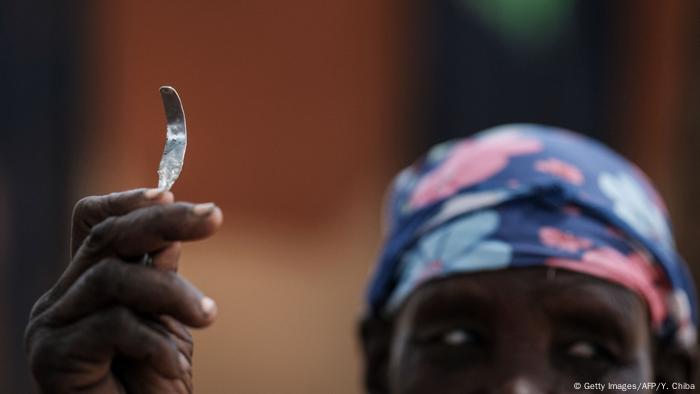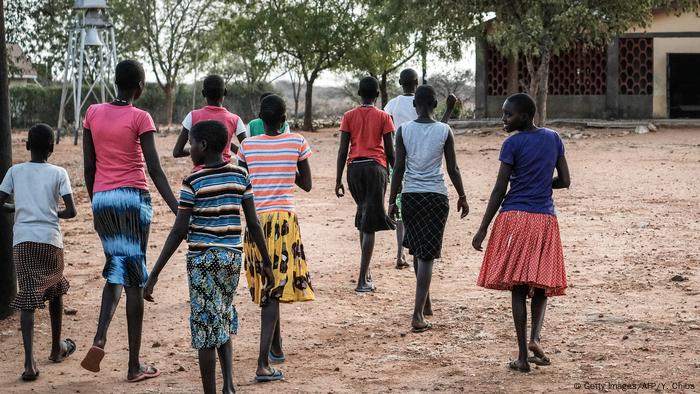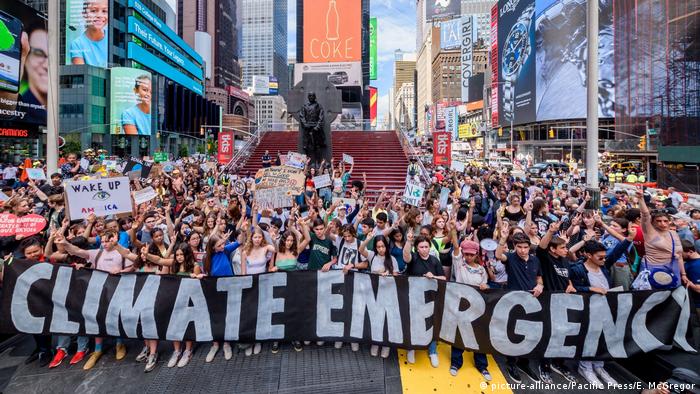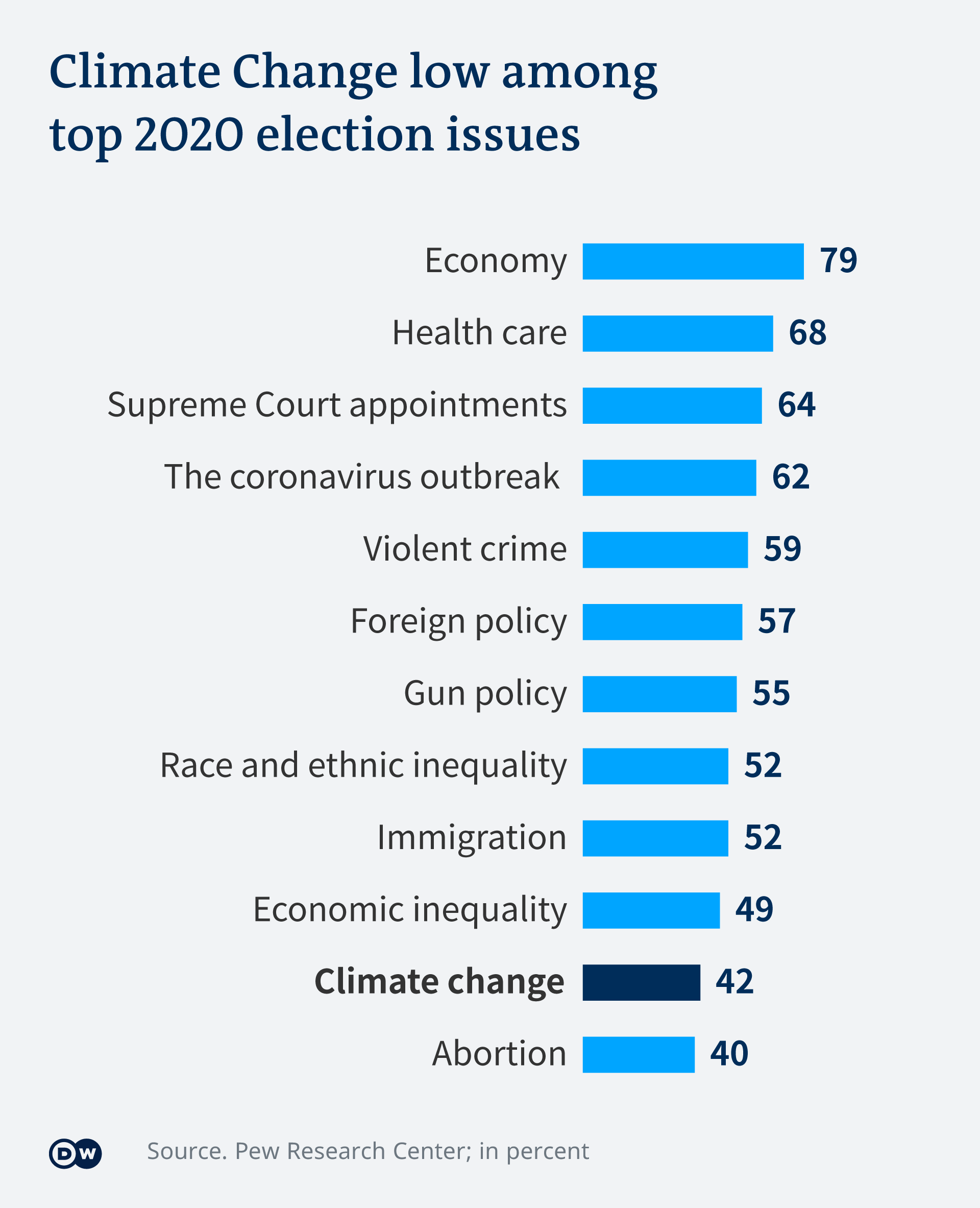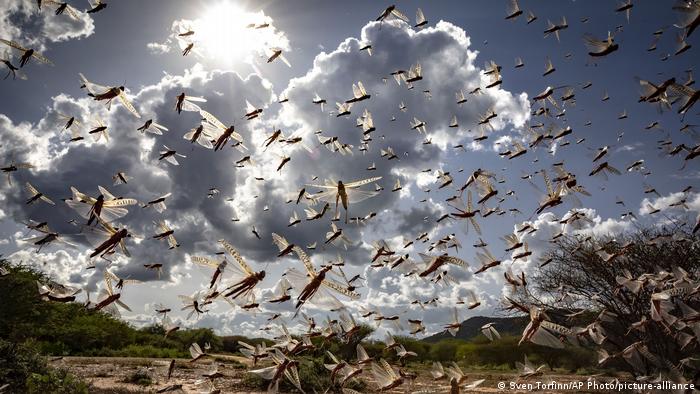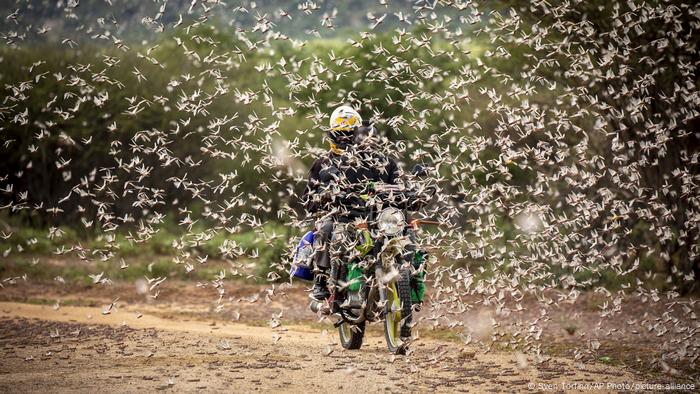Issued on: 31/10/2020 -

People at a café in Bratislava, Slovakia, on May 6, 2020, amid the Covid-19 pandemic.
Slovakia on Saturday begins a programme to screen its entire population for coronavirus with antigen tests in what would be a global first, but critics have said the plan is poorly thought out.
Some 45,000 medical workers, army and police are being deployed to carry out the tests in the EU member state of 5.4 million people, collecting swabs at around 5,000 testing points.
"The world will be watching," Prime Minister Igor Matovic said earlier this week, adding that the measure would save "hundreds of lives".
Antigen tests give quick results -- sometimes within minutes -- but are not seen as being as reliable as the PCR test for which nasal swabs have to be sent to a lab for analysis.
Participation in the testing is not mandatory but anyone who is not able to produce a negative test certificate if stopped by police could get a heavy fine
Anyone who tests positive has to go immediately into quarantine for 10 days.
"This will be our road to freedom," Matovic said, hinting that virus restrictions could be eased once testing is complete or reinforced if the programme is not carried out in full.
Slovakia would be the first country of its size to undergo nationwide testing, although mass testing has taken place in entire Chinese cities.
Smaller European states such as Luxembourg and Monaco have also announced mass testing programmes.
Government 'threatening people'
Like other countries, Slovakia has seen a sharp rise in coronavirus cases although it is below the EU average.
On Friday it reported a record of 3,363 new daily infections, bringing the total to 55,091. The death toll currently stands at 212.
The government is hoping to complete the nationwide testing over two days and carry out another round of mass tests next weekend.
But it has struggled to find medical workers to staff all the testing sites and has been forced to offer cash bonuses for doctors.
During pilot testing in four high-risk regions last weekend, people had to queue for up to two hours in some cases.
The Slovak Association of General Practitioners has criticised the government's plan, saying it is ill-prepared.
The association said that the "mass concentration of millions of people" at testing sites "is at odds with the recommendations of infectious disease experts to reduce public contacts and mobility as much as possible".
Many ordinary people -- like Radovan Babincak, an unemployed man living in the capital Bratislava -- want to stay away.
"The government and the prime minister are threatening people," the 40-year-old told AFP.
Anton Dubovsky, a 67-year-old petrol station operator, said he and his son would not go.
"I am not convinced this testing is a good idea at all," he said.
(AFP)


